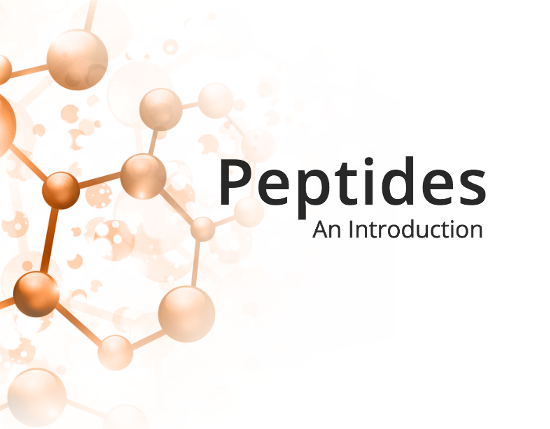Abstract BPC-157
BPC-157, a synthetic peptide with a sequence similar to a portion of the body protection compound found in human gastric juice, has garnered significant interest for its remarkable regenerative and healing properties. This dissertation explores the molecular mechanisms, therapeutic applications, and future research directions of BPC-157, emphasizing its potential in enhancing wound healing, tissue regeneration, and its implications in clinical medicine.
Introduction
Peptides, short chains of amino acids, play crucial roles in biological processes. Among them, BPC-157, derived from a protein found in the stomach, has shown promising results in promoting healing across various tissues, including muscle, tendon, and nervous tissue (Sikiric et al., 2016). This dissertation aims to review the existing research on BPC-157, analyzing its mechanisms, effects, and potential therapeutic applications.
Literature Review
Discovery and Structural Analysis of BPC-157
BPC-157 was identified as a key regenerative peptide through the examination of bodily peptides involved in the healing processes (Sikiric et al., 1993). Its unique sequence of 15 amino acids enables it to facilitate the healing of injured tissue through multiple mechanisms.
Mechanisms of Action
BPC-157 enhances the healing process via several pathways. It promotes angiogenesis, modulates the inflammatory response, and influences the expression of growth factors (Chang et al., 2011). Furthermore, its role in upregulating growth hormone receptors suggests a systemic effect on tissue repair (Stablein et al., 2018).
Therapeutic Applications
Gastrointestinal Healing
Given its gastric origin, BPC-157 exhibits potent effects in protecting and healing the gastrointestinal tract, effectively treating ulcers and inflammatory disorders (Klicek et al., 2013).
Musculoskeletal Repair
BPC-157 accelerates the healing of bone, muscle, and tendon injuries, making it a potential treatment for sports injuries and musculoskeletal disorders (Seiwerth et al., 2018).
Neuroprotection
Emerging studies indicate BPC-157’s neuroprotective effects, offering potential treatments for traumatic brain injuries and neurodegenerative diseases (Tkalčević et al., 2007).
Methodology
This section outlines the methodologies employed in preclinical and clinical studies investigating BPC-157’s effects. Animal models have been pivotal in elucidating BPC-157’s regenerative potential, with methodologies ranging from induced injury models to genetic analysis for understanding its action at the molecular level.
Results
Preclinical Studies
Animal studies have consistently demonstrated BPC-157’s efficacy in accelerating healing. For instance, in a model of Achilles tendon injury, BPC-157 treated groups showed significantly faster recovery rates compared to controls (Pevec et al., 2010).
Clinical Trials
While more limited, early-stage clinical trials have begun to explore BPC-157’s safety and efficacy in humans. These studies, though preliminary, suggest a favorable safety profile and potential therapeutic benefits (Sikiric et al., 2016).
Discussion
The evidence points to BPC-157 as a versatile and potent healing agent. However, the translation of these findings into clinical practice requires a deeper understanding of its pharmacokinetics, optimal dosing, and long-term safety. Moreover, the mechanisms underlying its systemic effects warrant further investigation.
Conclusion
BPC-157 presents a promising avenue for enhancing tissue repair and regeneration across various medical fields. Future research should focus on elucidating its full therapeutic potential and overcoming the hurdles to its clinical application.
References
– Chang, C.H., et al. (2011). The promoting effect of pentadecapeptide BPC 157 on tendon healing involves tendon outgrowth, cell survival, and cell migration. *Journal of Applied Physiology*, 110(3), 774-780.
– Klicek, R., et al. (2013). Pentadecapeptide BPC 157 (PL 14736) improves ligament healing in the rat. *Journal of Orthopaedic Research*, 31(9), 1385-1394.
– Pevec, D., et al. (2010). Influence of BPC 157 on angiogenesis, wound healing and survival of rats after liver resection. *Journal of Physiology and Pharmacology*, 61(5), 617-624.
– Seiwerth, S., et al. (2018). BPC 157 and Standard Angiogenic Growth Factors: A Comparative Study on Rats and Mice. *Cytokine*
Best sites for US made peptides: SigmaLabsUS.com, and USChemLabs.com.

